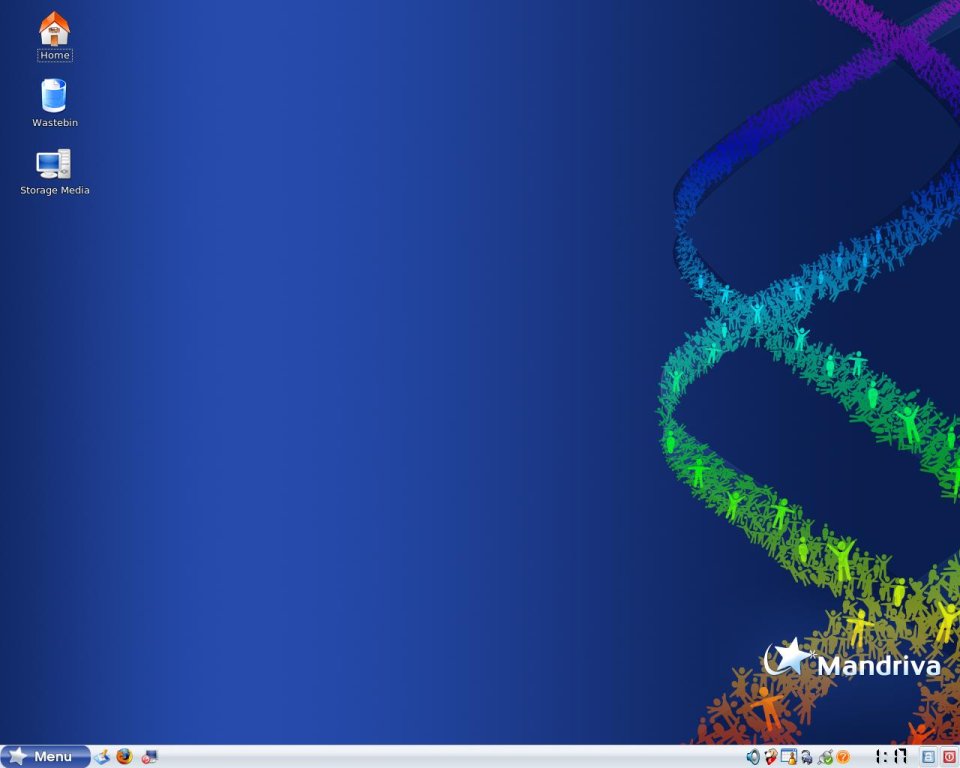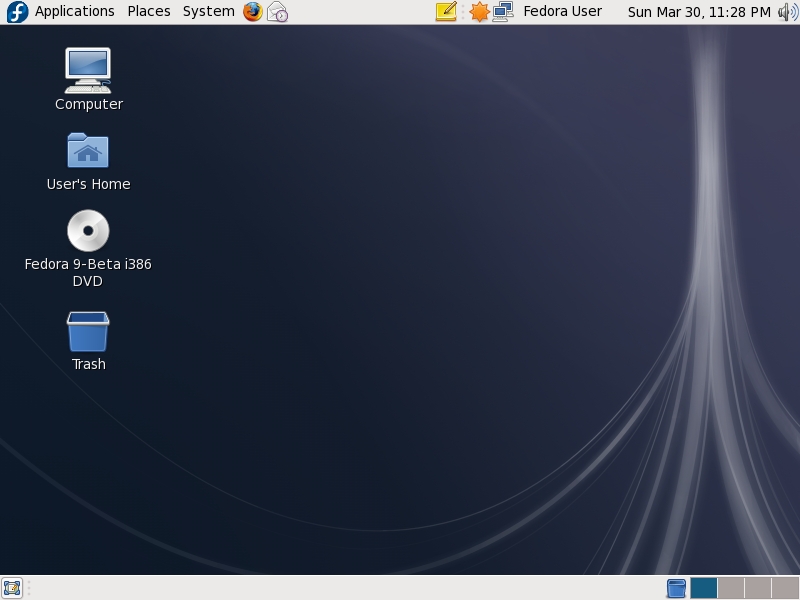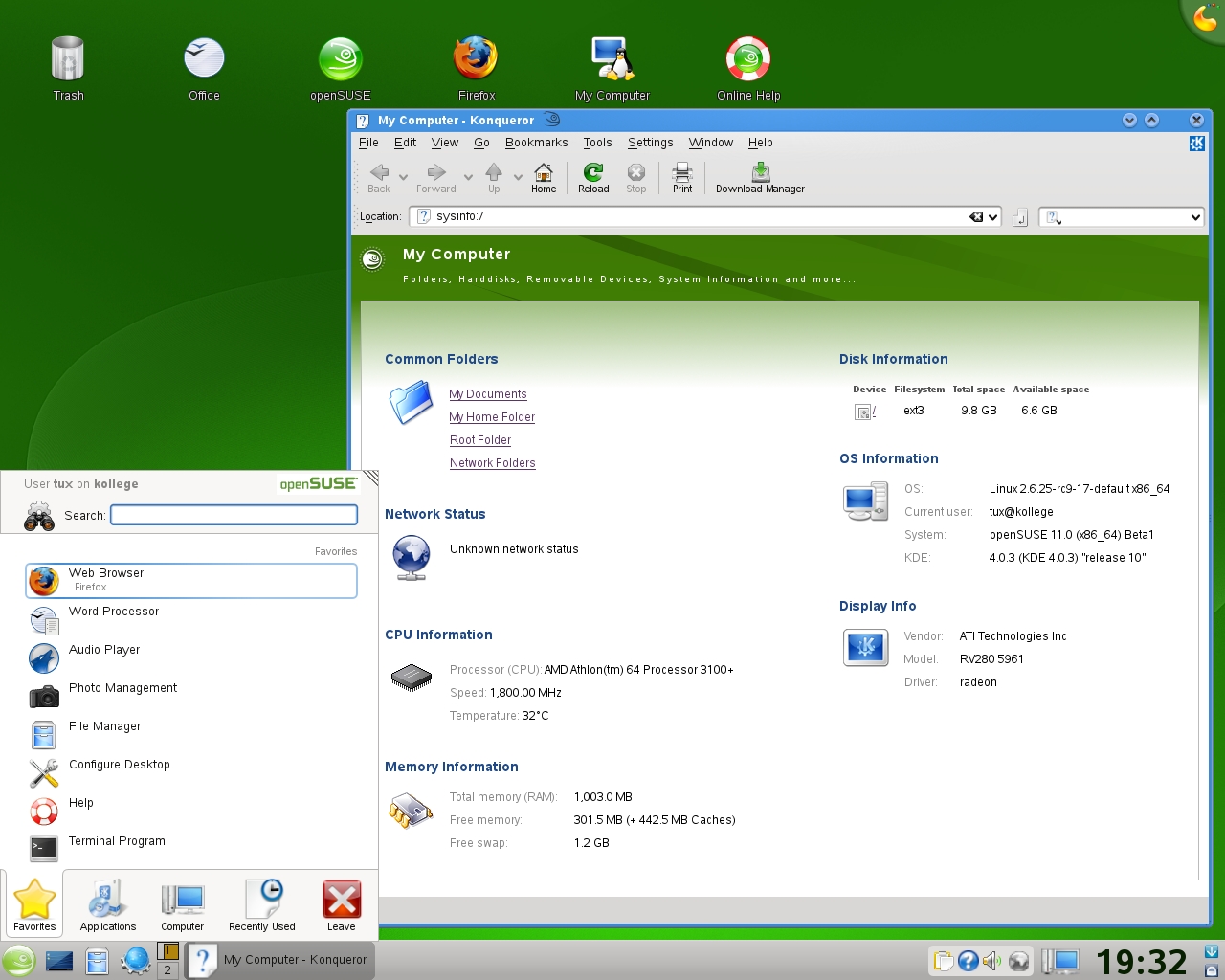It's really the most wonderful time of the year. Out of the top 6 GNU/Linux distributions (according to DistroWatch.com), four are releasing or have released builds between April and June. What's new in them?
Mandriva 2008.1 Spring
Date: April 9, 2008
Mandriva 2008.1 Spring edition marks the twenty-second release in the distribution's lifetime (by comparison, Ubuntu has only eight). It also marks one of the first major releases this spring. It's not a huge upgrade from the previous 2008.0 version. KDE 4.0.3 packages have been added, though not enabled by default (a wise move, as KDE 4 is still very unstable). Gnome has also been upgraded to 2.22, which includes support for gvfs (instead of GnomeVFS), Metacity compositing, and much more. The terrific PulseAudio sound server has been added for the first time as well. OpenOffice.org, Compiz Fusion, IcedTea Java, and of course the Linux kernel itself have all been upgraded to their newest versions. Several new programs are installed by default, including drakguard, a parental control tool, much better audio and video codecs, and a nice migration wizard for Windows Vista users. Also, full NTFS write support has been added: now Mandriva users can write to their Windows partitions. Another nice fix is the addition of several mobile syncing tools to work with Windows Mobiles, Blackberries, and Nokia phones. This was previously a huge hole for Mandriva. New programs have also made their way into the Mandriva repositories, including Elisa (a media center), the AWN dock, and the Miro video player. Finally, full out-of-the-box support for the Asus eeePC has been added as promised.

Homepage: http://www.mandriva.com/
Ubuntu 8.04 Hardy Heron
Date: April 24, 2008
Ubuntu users are getting very excited about Ubuntu 8.04, codenamed Hardy Heron. First of all, this is another LTS release (which means it will be supported for three years). Additionally, many programs like Gnome (see above) Compiz Fusion, OpenOffice.org, Totem, and Firefox have been upgraded to their latest versions. Many programs also make their first appearance by default in Hardy, including the Tracker search engine, the PulseAudio sound server, the PolicyKit security tool, the Brasero CD burner (which replaces Serpentine), the Transmission BitTorrent client (which replaces the Gnome BitTorrent downloader), the Vinagre VNC client (which replaces xvnc4viewer), and much more. Additionally, support for virtualization has never been better, thanks to the installation of the VMWare guest drivers (but, remember that VMWare is not free!) and several KVM updates. Finally, Wubi has been included to ease the installation of Ubuntu for Windows users.
Kubuntu also gets a few upgrades, although it still lags behind its Gnome counterpart. The biggest change is that Kubuntu has temporarily split into two versions: Kubuntu, with KDE 3, and Kubuntu KDE 4 Remix, with the unstable KDE 4. Because of this, 8.04 will not be a LTS. It's currently uncertain whether Kubuntu 8.10 will be an LTS or not. Still, Kubuntu 8.04 has some nice features. It finally has out-of-the-box support for Compiz Fusion (much like Ubuntu 7.10 sported), support for DVD codecs in the Kaffeine media player, Bulletproof X (much like Ubuntu 7.10's), and Wubi for easy installation. Still, it's rather annoying that most of the "upgrades" are simply features that Ubuntu 7.10 had six months ago. There is hope, however: According to Ubuntu Brainstorm idea #478, this is currently in development.

Homepage: http://www.ubuntu.com/
Fedora 9
Date: May 13, 2008
In my opinion, Fedora 9 is going to be the most controversial operating system of the year (barring a Windows Seven release). For some odd reason, the Fedora team decided to make KDE 4 the default for the KDE spin. Why is this going to be a problem? The KDE 4.0.x series is unstable--and will probably always be. Bugs abound everywhere and many apps aren't being ported. KDE 4 won't be really stable until at least KDE 4.1, scheduled for a July '08 release. This has the potential to really hurt Fedora users.
Luckily, Fedora 9 isn't all bad. The ext4 file system is going to be supported, many applications including Gnome, Totem, Rhythmbox, and Firefox are going to be upgraded, and OpenJDK is replacing IcedTea. Additionally, the Fedora installer is getting a sorely needed makeover, with a new partition resizing feature being added. Still, I have the feeling that many of the KDE users may be a little upset. KDE 4 is great fun to play around with, but it's unlikely that "normal" users going to like using it full time.

Homepage: http://fedoraproject.org/
openSUSE 11.0
Date: June 19, 2008
The third biggest distribution (according to DistroWatch), openSUSE has a lot to offer this time around. Like Kubuntu, the KDE version of SUSE lets users choose between the stable KDE 3.5 and the unstable KDE 4.0.3 (3.5 is enabled by default). Everything from AbiWord to xine-lib has been upgraded. Additionally, YaST, the all-in-one admin tool, has been ported to Qt4. The SuSE package manager has also gotten speed boosts. That's a huge deal for me, since I hate the fact that a tortise could walk from my basement to my kitchen by the time openSUSE installs a package. And by the time June comes around, there will be tons more features.

Homepage: http://www.opensuse.org/